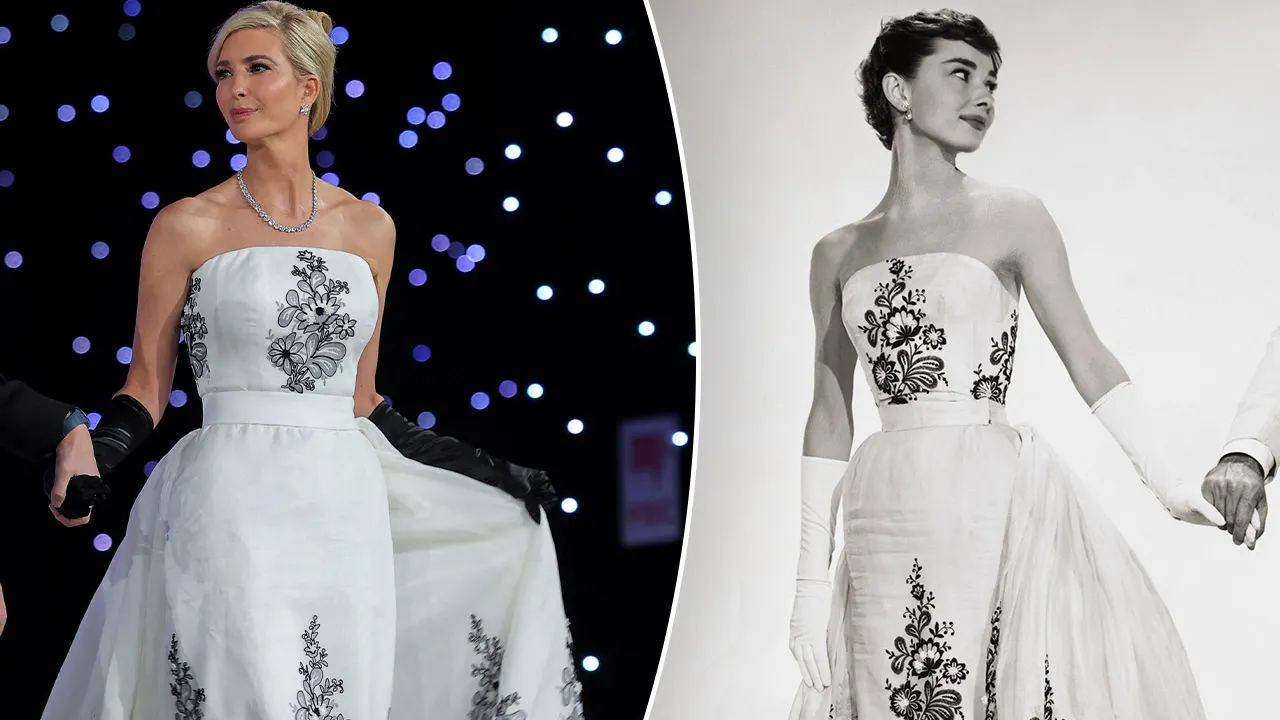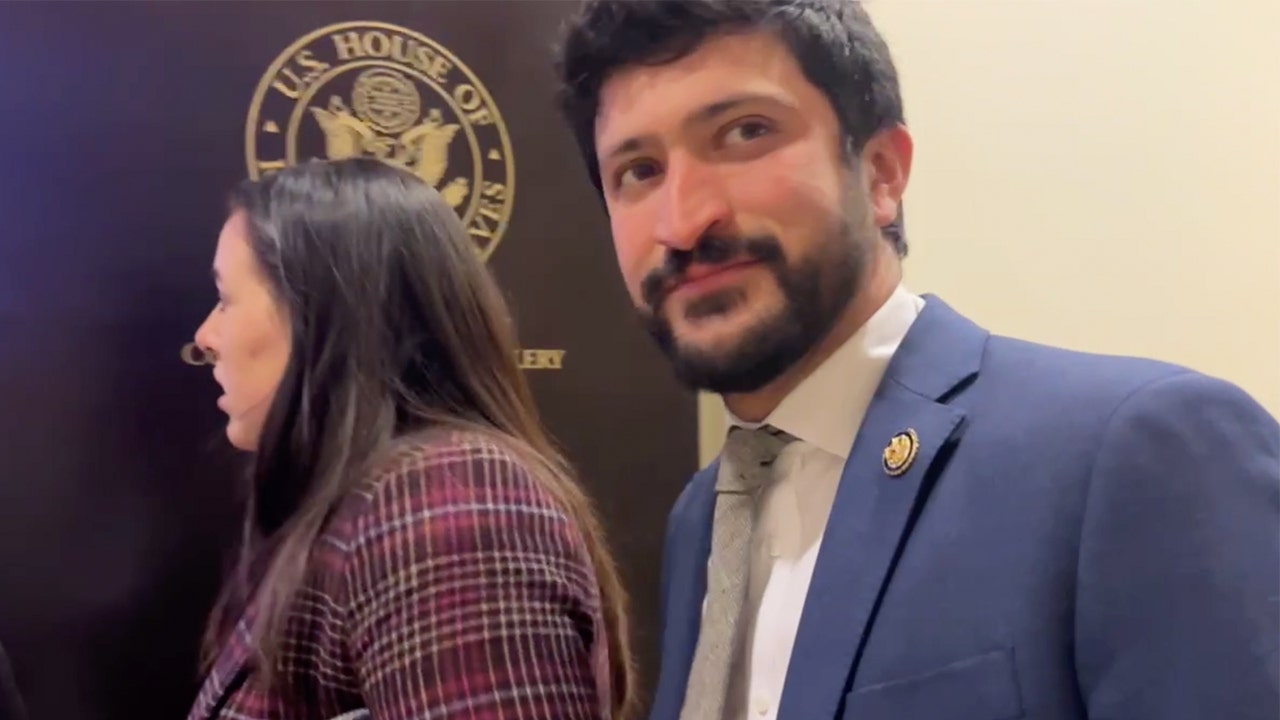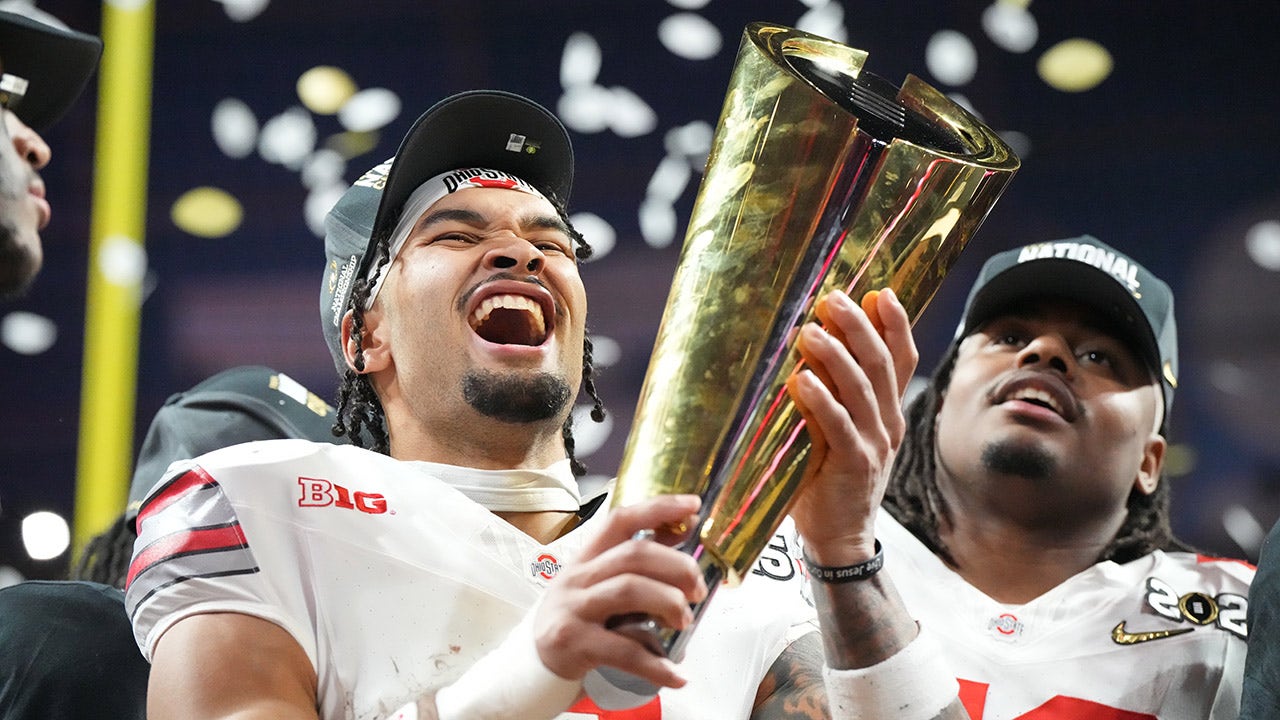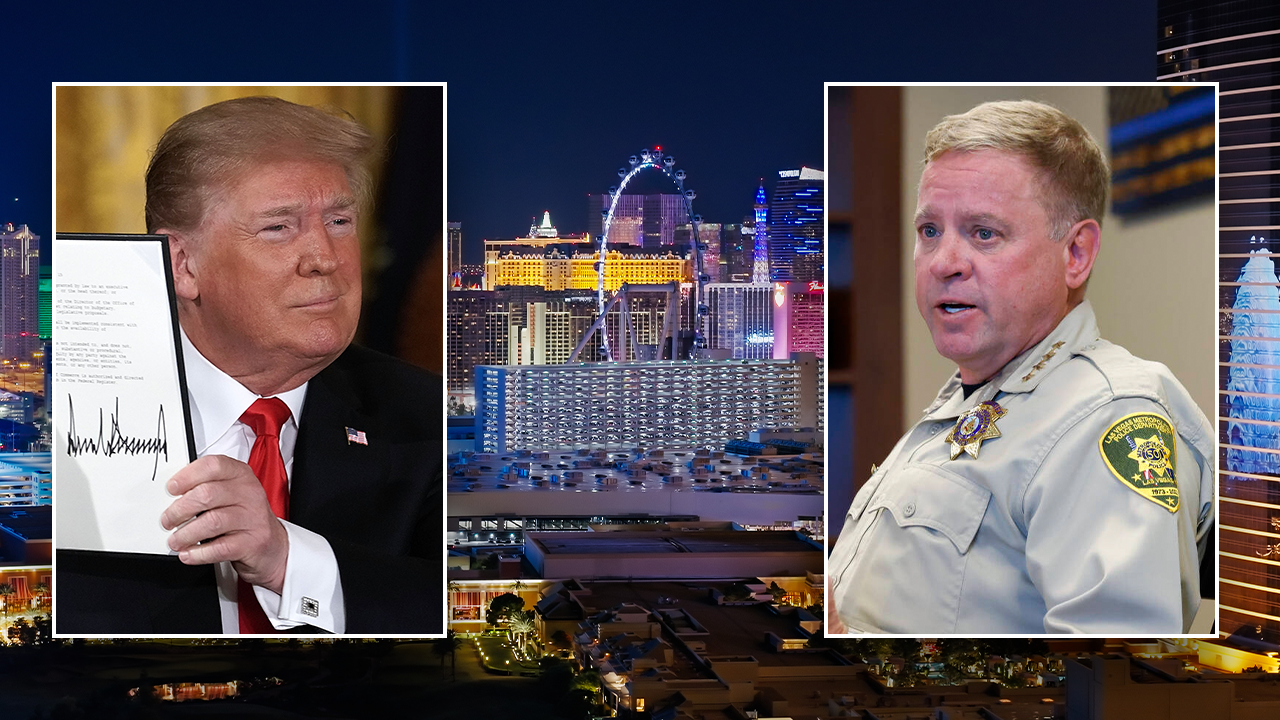The president's about-face on crypto gave him the ideal opportunity to cash in — to the horror of some industry supporters
From his explosive debut on the presidential election trail in 2015, Donald Trump‘s career in national politics was uniquely entwined with internet culture. The trolls of 4Chan and the ascendant alt-right embraced him as a living meme, someone whose ability to offend the mainstream and bulldoze social norms could reshape the political conversation as we knew it.
Roughly a decade later, Trump is the mainstream — at least online, thanks to a collection of Silicon Valley billionaires who bankrolled his 2024 campaign and have tailored their social media platforms to the liking of the MAGA movement. Yes, Trump has his own Truth Social, but the Elon Musk-owned X (formerly Twitter) is equally awash in far-right propaganda, and Meta’s Facebook and Instagram has removed important protections against misinformation and hate speech. Amid all this, cryptocurrency assets are skyrocketing in value thanks to Trump’s unsubtle promises to nix regulation of an industry that also funneled millions into his comeback.
Trump, of course, has never been one to pass up an easy buck. While in 2021 he dismissed bitcoin as “a scam against the dollar,” he went on to court crypto investors at the Bitcoin 2024 conference last summer, then launched World Liberty Financial, a decentralized finance platform, in September. “Whether we like it or not, I have to do it,” he said of the crypto business at the time. But it was just ahead of his second inauguration, when he launched the so-called “meme” crypto coins $TRUMP and $MELANIA, that Trump’s parasitic dependence on internet hype really came full circle — and cemented his status as a walking, talking meme. With this cash grab, Trump at once normalized a bizarre and volatile type of investment that was once a niche in-joke and risked alienating the army of self-serious crypto evangelists that saw him as a savior of the blockchain-based economy.
Meme coins are born
Meme coins can be traced back to 2013, when two software developers decided to create a satire of bitcoin, the first major cryptocurrency and much buzzed about at the time. They called it “Dogecoin,” after “doge,” the name for a series of popular memes featuring an internet-famous Shiba Inu dog. But, contrary to the expectations of dogecoin’s inventors, the token took on a life of its own and was soon a regularly traded asset. Over time, it gained influential fans — none more prominent than Musk, who says he holds some amount of the coin (how much is not clear) and that it is his “favorite” cryptocurrency. (His new commission under Trump, the Department of Government Efficiency, or DOGE, is a nod to the meme, and its website briefly featured an illustration of a Dogecoin.)
Editor’s picks
Musk’s affinity for Dogecoin can be explained by what made it a relative success in the first place: the power of memes. The value of this token and the subsequent meme coins it inspired lies in the virality of the concept it represents. There is no other underlying or material worth to the coin beyond how a critical mass of extremely online people feel about it. In that sense, purchasing some is almost like buying stock in a meme — it’s that tenuous and risky, with price fluctuations determined by the whims of the crowd. The outcomes are often absurd: something called “fartcoin,” for example, currently boasts a market cap of more than $1.5 billion. Meanwhile, $HAWK, or “Hawk Tuah coin,” launched in December with the backing and likeness of viral star turned influencer Haliey Welch, crashed and burned in a matter of hours, triggering accusations of a scam and a class-action lawsuit against her partners in the project. They have denied wrongdoing but not publicly addressed the allegations in the suit.
Here comes Donald Trump
Trump’s boisterous entrance into this space was, as he signaled last year, something of an inevitability: it combines his habit of selling all conceivable manner of junk to the MAGA faithful, typically emblazoned with his name and/or face (the image associated with $TRUMP shows him raising a fist and bears the all-caps text “FIGHT FIGHT FIGHT“) and his penchant for opaque financial arrangements (80 percent of the coin’s supply is owned by the entities CIC Digital LLC, which falls under the corporate umbrella of the Trump Organization, and Fight Fight Fight LLC, a new business whose ownership has not been made public). As it stands, and contrary to some reports, the exact size of Trump’s stake and its current value can’t be confirmed, though he potentially holds the equivalent of several billion dollars. After he announced the coin on Friday, it surged to prices in the mid-$70s before falling to a plateau in the high $30s. ($MELANIA plummeted as well, and now sits under $4.)
Related Content
It goes without saying that such a venture is unprecedented for an incoming president and raises a host of regulatory and ethical issues. But it also represents a striking inflection point for the pattern of rampant market speculation that makes meme coins in any way viable. By one metric, a far larger group of investors traded the Trump token over the past several days than during the biggest meme coin launches of the past year. Whether that reflects a widespread belief in the potential for riding the president’s popularity to easy profit, or a sudden influx of MAGA crypto newbies eager to buy into Trump’s image, or some mix of these effects, the result is a market cap of more than $7 billion, all for an “asset” based on nothing but vibes.
‘The Fartcoin stage of the market cycle’
This strange, unpredictable territory — the mainstreaming of a meme coin by the leader of the free world, who also serves as its brand — was described this week by hedge fund billionaire David Einhorn of Greenlight Capital as “the ‘Fartcoin’ stage of the market cycle” in an investor letter. “Other than trading and speculation, it serves no other obvious purpose and fulfills no need that is not served elsewhere,” he wrote, pointing out that there is no theoretical limit to the number of nonsense tokens that might be minted in the bullish atmosphere created by Trump’s return to the White House. “Perhaps we are leaving the Fartcoin stage of the market and entering the Trump (and Melania) memecoin stage,” he added. “It’s anyone’s guess as to what will happen next, but it feels like it’s going to be wild.”
Hints of this kind of frenzied instability rubbed some of Trump’s crypto cronies the wrong way. Industry insiders who have worked to legitimize bitcoin and similar currencies felt it undermined the reputation of their sector and were particularly annoyed when the rollout of $MELANIA instantly diluted whatever value $TRUMP may have had. One partner at a crypto venture capital firm said the tokens felt “very grifty and cheap,” while others worried that people unfamiliar with crypto might come to think of it as nothing but a casino driven by boom-and-bust cycles of gimmick coins. As a would-be ambassador for their cause, Trump instead embarrassed crypto enthusiasts with what many presumed was the setup for a “rug pull” — in which the president would sell a massive chunk of the asset and leave ordinary investors with worthless coins — or just a convenient vehicle for anyone (including foreign interests) to funnel money to his company.
This disillusionment is perhaps nothing new for Trump voters, who have occasionally been taken aback when his actions do not conform to a fantasy of how he will engage the issues they care most about. But this is a man known to bend reality around himself, and it’s altogether possible that he could push crypto in the direction of his usual get-rich-quick merchandising with little thought for its long-term future, meanwhile loosening SEC enforcement in ways that allow others to follow this example without fear of consequence. The industry’s loudest and wealthiest leaders had demanded an end to the agency’s crackdowns, yet did not seem to anticipate that this could open the door to problems like meme coin mania — promoted by the president, no less.

 3 hours ago
2
3 hours ago
2















.png)

.png)
.png)
.png)













 English (US) ·
English (US) ·  Hindi (IN) ·
Hindi (IN) ·